Sometimes your comforter just doesn’t cut it. Maybe it’s too hot, causing you to wake up sweating and miserable. Or, maybe you just want another option that’s lightweight but still cozy.
Luckily, we’ve got a curated list of comforter alternatives and cooling blankets to keep you comfortable throughout the night.
Benefits of Sleeping Cool
Did you know that sleeping cool at night is actually beneficial to your health? Cooler temperatures are known to help you get to sleep faster, and can also increase your quality of REM sleep.
Sleeping cooler can also have impacts on the following thanks to its ability to support deeper, more restorative quality sleep:
- Proper hormonal balance
- Avoidance of weight gain
- Refreshed and youthful skin
Alternatives to a Comforter
Ensuring you’re keeping cool under all those blankets really can impact your sleep, and thus, your overall health. You deserve to be able to sleep cool, so let’s look at a few alternatives to your comforter so you can sleep better every night.
The Sleep Pod by Hug Sleep
If you’re looking for a blanket that will not only keep you cool at night but can also help you fall asleep faster, stay asleep throughout the night, and give you instant relaxation, this could be the blanket for you!
Hug Sleep designed the Sleep Pod compression blanket with science in mind. Made with Deep Touch Pressure Therapy in mind, aka DTP, the Sleep Pod provides a gentle, calming pressure to the entire body to bring you relaxation and comfort all night. DTP feels like getting a hug from a loved one after a long day — it wraps you up, brings you a sense of peace, and just eases that tension.
The unique cocoon-like shape of the Sleep Pod covers the entire body from shoulders to toe, or if you’d prefer a little foot freedom Hug Sleep now offers the Sleep Pod Move — either way, these snug wraps will help get you ready for sleep, all while keeping you cool thanks to a specialized 4-way stretch material that stretches with you and actually breathes.
The material is not only breathable, but it also doesn’t trap heat. It’s lightweight and even machine washable so you can experience this incredible blanket all year long with little maintenance.
The Sleep Pod (and Sleep Pod Move) do an excellent job at keeping you cool, but it does much more than that. Looking for a multi-faced blanket to keep you cool, relaxed, and bundled up all night long, you’ve found the one!
Linen Blankets
Sleeping with a linen blanket is a great way to ensure you’re keeping cool at night. Linen fabric is made of a type of weave that allows for more airflow. It makes linen breathable, comfortable, and moisture-wicking.
Linen is made from very fine fibers derived from the flax plant. These fibers are carefully extracted, spun into yarn, and woven into blankets, sheets, clothing, and more. This specific fabric is naturally breathable because it allows air to flow between the fibers. Coupled with the structure of the fabric, linen is able to billow around the body instead of clinging. It also has the ability to conduct heat, meaning that the heat from your body can be conveyed through the fabric and escape to keep you cool. Heat conductivity is extremely high in linen.
Eucalyptus Blankets
Eucalyptus is a well sought-after material to sleep with because of its natural ability to keep you cool.
To create the material, known as lyocell, the eucalyptus wood is harvested, cut into pieces, and then ground into a pulp before being reduced down to cellulose, a viscous solution that is then forced through spinnerets and turned into celluose fibers.
Once washed and dried, these stringy fibers are spun into a soft, lightweight and breathable fabric called lyocell.
Cotton Blankets
Cotton is a popular material to have for blankets, sheets, and comforters. Cotton naturally wicks moisture away from the body and keeps your body overall cooler.
The textile of cotton is chemically organic, which means that it doesn’t contain any synthetic compounds. Cotton fabric is derived from the fibers surrounding the seeds of cotton plants; when the seeds are fully mature, the fibers emerge in a round and fluffy formation.
Using cotton fibers in textiles goes all the way back to 5000 BC. The Indus Valley Civilization was able to flourish due to cotton cultivation which provided the people of this culture with readily available resources for clothing, blankets, and other textile uses.
Since the beginning of cotton cultivation, this fabric has been talked about in high regard for its breathability, lightness, and softness. It also has heat retention attributes that make it similar to a mixture of silk and wool.
The process of making cotton into a fabric begins with defoliation, which removes the leaves from the cotton plants. Then comes machine harvesting, where a single machine harvests the cotton and removes large contaminants from the cotton fibers. Separating takes place next, where a cotton gin separates cotton seeds from bolls and removes dirt.
Next, the cotton is transferred to a facility, where carding, spinning, and dyeing takes place. Carding involves making the cotton into long strands, while spinning turns the strains into yarn, and dyeing helps achieve the color.
The last step is weaving, which might be the longest process. This is when the textile material is made, such as sheets, a jacket, jeans, and much more.
Bamboo Blankets
Having a blanket made of bamboo is also an alternative option that keeps you cool. Bamboo materials are usually made from a material called rayon. Rayon has the ability to absorb water or sweat into the fabric while still retaining 80% of its own weight! This absorption of sweat is what enables your body’s temperature to be regulated throughout the night.
It’s important to note that for this to happen, the bamboo material needs to be made 100% from rayon, but this is often not the case. The way the bamboo is treated, and which materials it’s blended with, will ultimately affect the level of absorption the fibers are able to have.
But, bamboo materials are able to absorb up to 40% more water (or sweat) than other materials and are therefore a good choice for someone wanting to keep cool at night.
Air Conditioned Blankets
If you’re in desperate need of extra coolness, this could be the option for you. There are blankets out there that are directly air-conditioned, keeping you cool all night long.
These air-conditioned blankets have a nozzle attached to them so you can feel the sensation of airflow. Some even come with a remote to adjust the temperature, the level, and how long you want it on for. Lose remotes often? Don’t fret, there are options that pair with a Bluetooth app allowing you to control everything from your phone!
Sleep Cool with a Cooler Blanket
Sleeping cool is more comfortable and promotes better sleep, and there are plenty of ways to keep cool even with a blanket on. Our list has a bunch of options for you to try so you can sleep through the night and wake up feeling refreshed and cool (though we’re personally preferential to the Sleep Pod!).
Sources:
Benefits of Wearing Linen Summer Clothes | LinenMe
Do Bamboo Sheets Keep You Cool? | Temperature Master
What is Cotton Fabric: Properties, How its Made and Where | Sewport

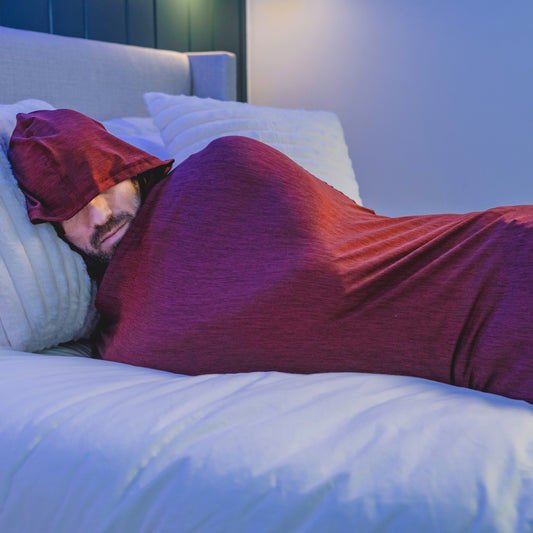
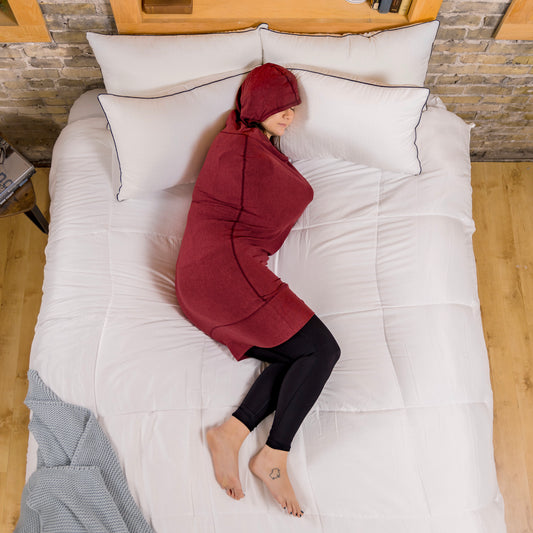

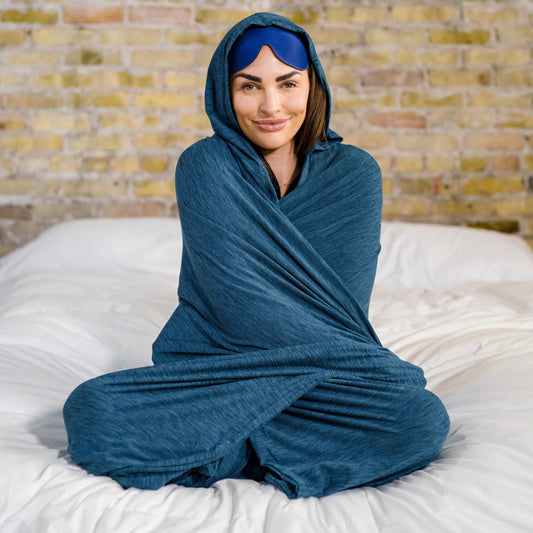
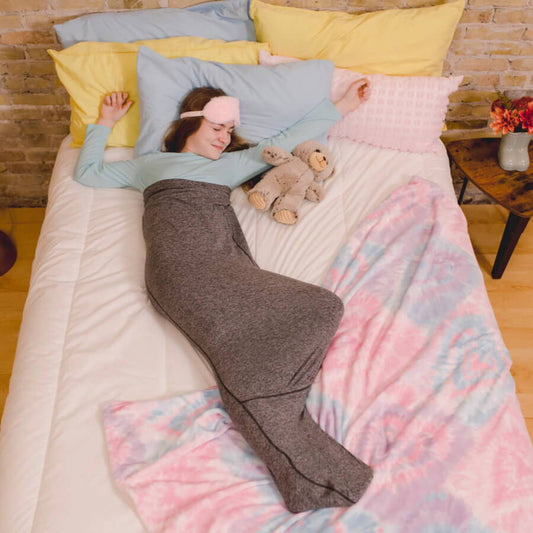
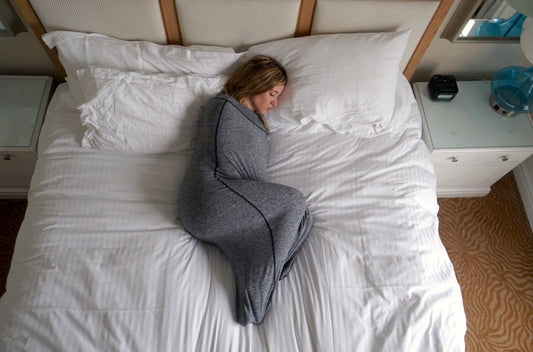

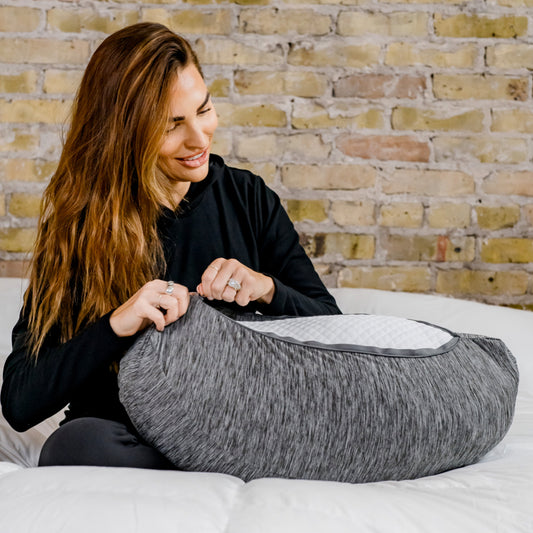
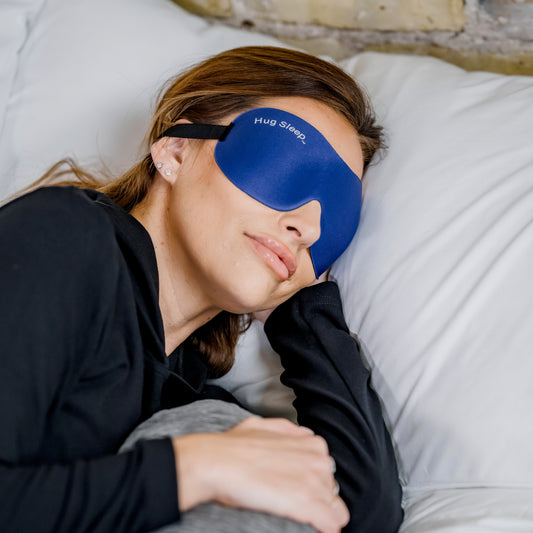
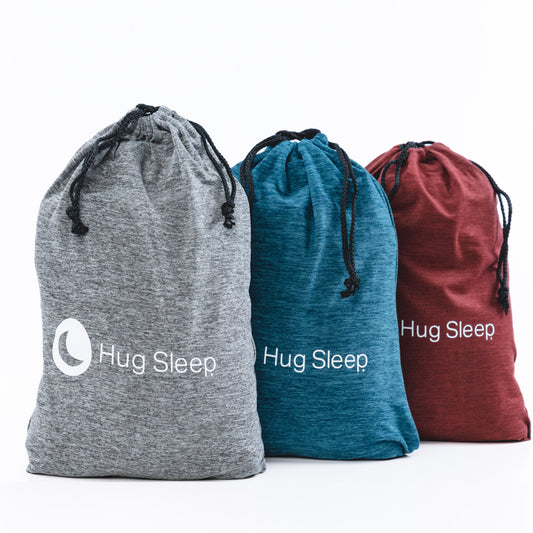





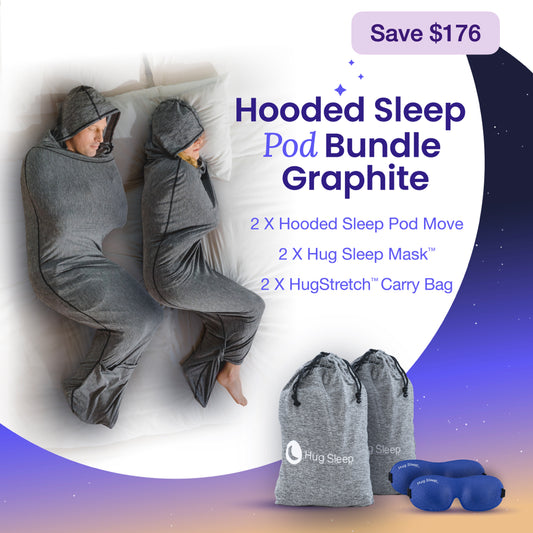
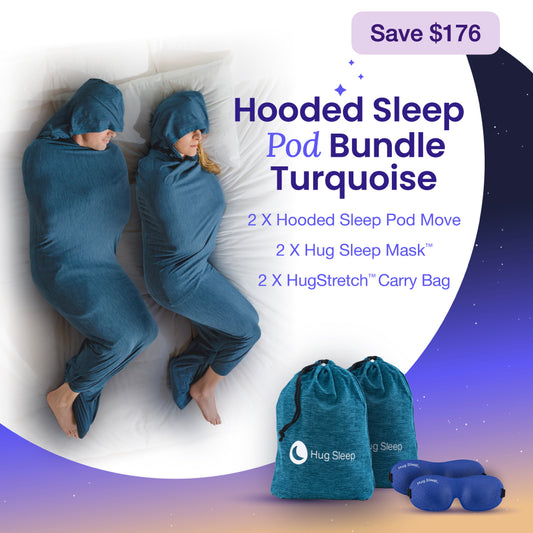
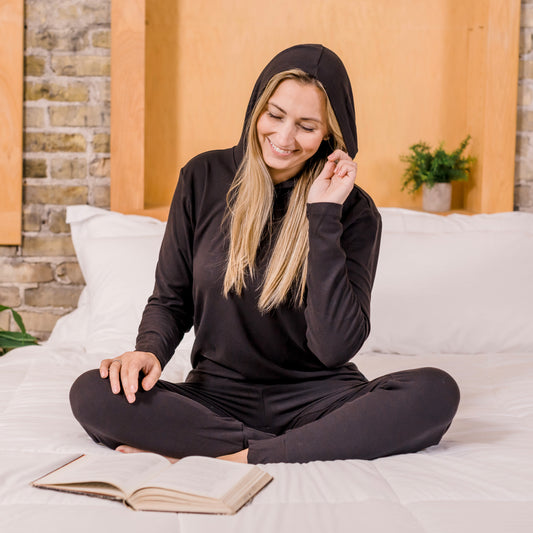
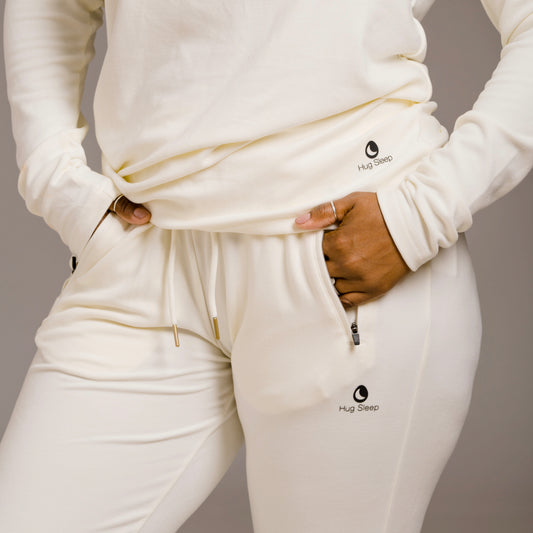
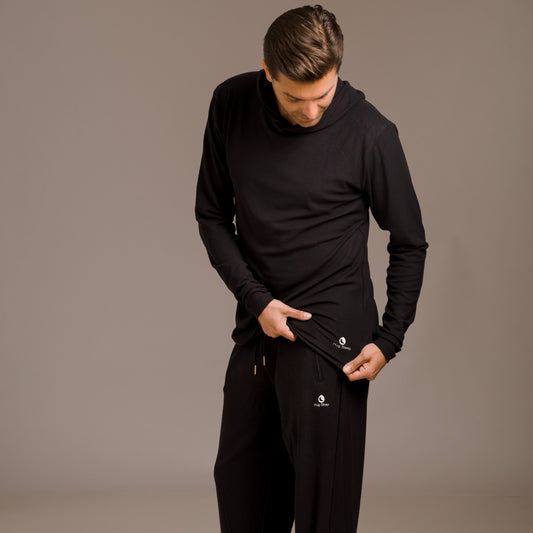
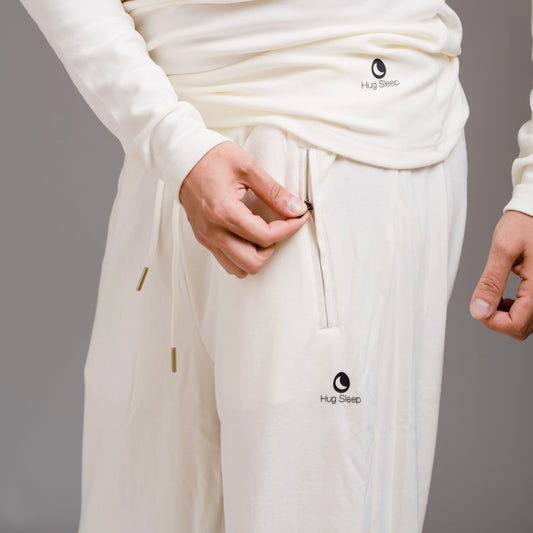













400,000+ happy customers